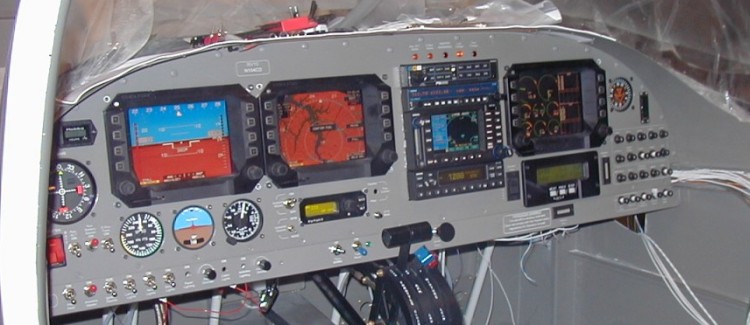
| Fuse | 1A | Connects To: |
| Pin 1 | +12V | |
| Pin 2 | Serial Out (TX) | Chelton: J1 Pin 5 (RX) |
| Pin 3 | Serial In (RX) | Chelton: J1 Pin 47 (TX) |
| Pin 11 | Serial Grounds (Shields) | Chelton: J1 Pin 26 (GND) |
| Pin 5 | ARINC 429 RX 1A | GTX 330: Pin 37 ARINC 429 Out 1A |
| Pin 6 | ARINC 429 RX 1B | GTX 330: Pin 34 ARINC 429 Out 1B |
| Pin 7 | ARINC 429 TX A | Connect to ARINC source such as GNS430/480 |
| Pin 8 | ARINC 429 TX B | Connect to ARINC destination like GNS430/480 |
| Pin 9 | GND - Power GND | |
| Pin 10 | Chassis Ground | |
| Pin 13 | Common - RX Shield | |
| Pin 14 | ARINC 429 RX 2A | Connect to ARINC source such as GNS430/480 |
| Pin 15 | ARINC 429 RX 2B | Connect to ARINC source such as GNS430/480 |